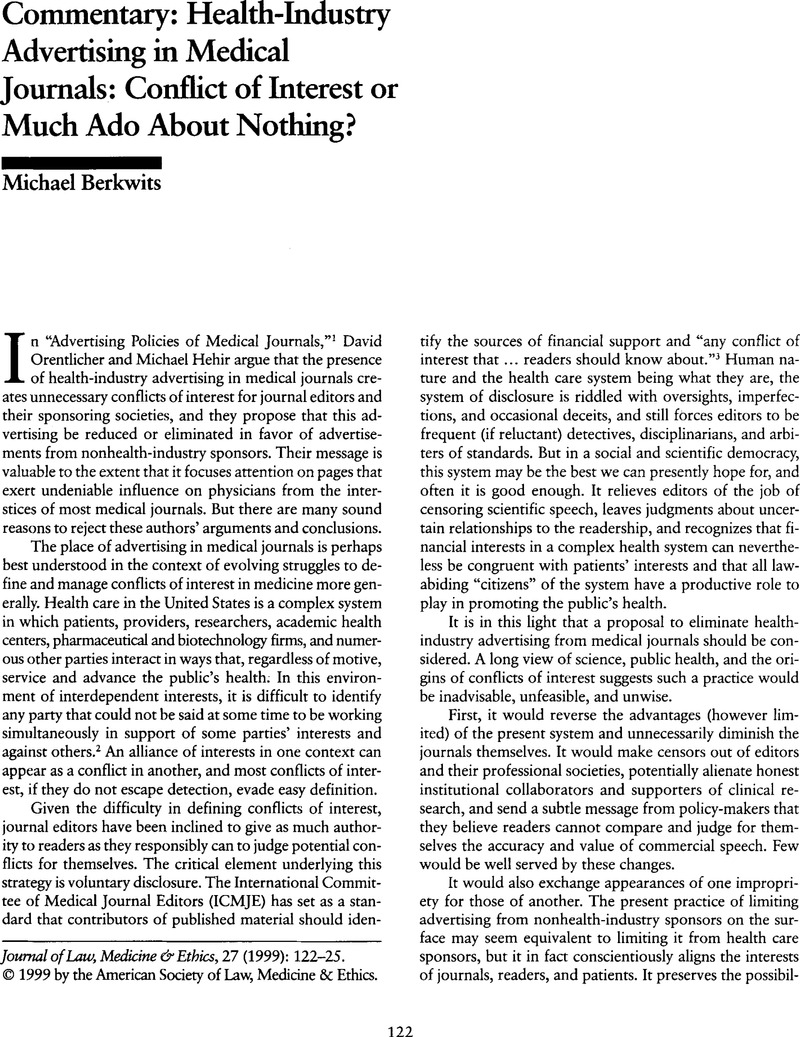Crossref Citations
This article has been cited by the following publications. This list is generated based on data provided by Crossref.
Sieber, Debbie L.
Lee, Jennifer A.
Mathiason, Michelle A.
Keller, Jennifer K.
and
Go, Ronald S.
2009.
Extent and Nature of Advertising in Leading Hematology-Oncology Journals.
American Journal of Clinical Oncology,
Vol. 32,
Issue. 1,
p.
92.





